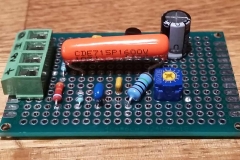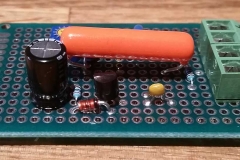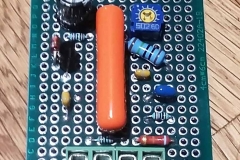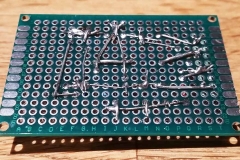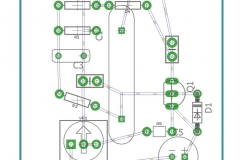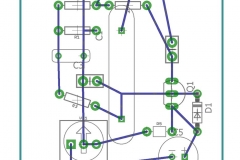Content with the CAD model I had drawn up I set to work on actually making it. Step one was to find the materials. I was hoping to make this out of red cedar, like I used on my guitar rack, but Lowe’s didn’t carry any 2×12 red cedar. The only thing available in 2×12 was green douglas fir.
Fortunately, this is also about the cheapest option in the store. I picked out an 8 foot length of 2×12 and 2×6, doing my best to find consistent grain and minimal knots, and headed to the shop.
The first step is getting an overall picture of how much wood would need to be trimmed off. I only had about 8″ of extra length on the 2×6, so I didn’t have much choice laying out the hole patterns. However, I did still have some options with orientation and used the opportunity to cut off the worst of the ends.





